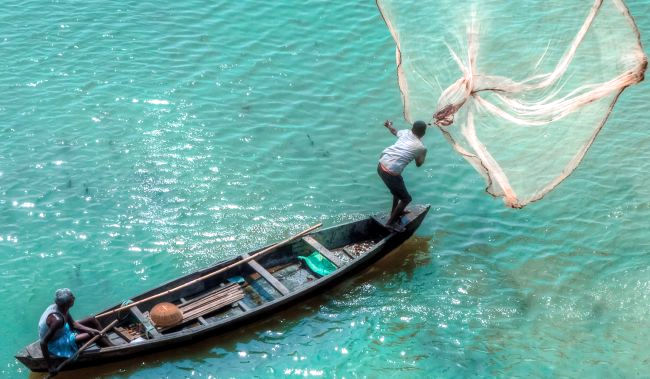The Indian government is implementing a comprehensive approach to marine fisheries management that addresses both environmental challenges and economic sustainability. With a focus on conservation, pollution control, and community resilience, India’s strengthened marine fisheries policy represents a holistic strategy for long-term sector viability.
Tackling Marine Pollution Head-On
India’s National Policy on Marine Fisheries, established in 2017, provides a framework for addressing marine pollution, particularly from plastics and abandoned fishing gear. Through international collaborations like the Glolitter Partnership Project and Reglitter Project, India is targeting sea-based sources of marine plastic litter (MPL). As a Lead Partnering Country in the Glolitter Project, India has developed a National Action Plan (NAP) with specific measures to reduce MPL from fishing activities and maritime operations.
The government has taken decisive action against destructive fishing practices by prohibiting pair trawling and the use of artificial lights in the Exclusive Economic Zone (EEZ). These measures aim to protect marine ecosystems from damage caused by unsustainable fishing methods.
Sustainable Fishing Practices for Ecosystem Protection
To ensure the long-term health of marine resources, India has implemented several initiatives:
- Artificial reef creation along coastlines to enhance fish habitats
- Sea ranching programs to replenish fish stocks
- Promotion of seaweed farming as an alternative livelihood and ecosystem service
- A uniform 61-day fishing ban during peak fish breeding seasons
- Mandatory Turtle Excluder Devices (TEDs) in trawl nets to protect marine wildlife
- Strict enforcement of mesh size regulations and minimum legal fish sizes
These measures reflect a science-based approach to fisheries management that balances economic needs with ecological preservation.
Building Climate Resilience in Coastal Communities
Under the Pradhan Mantri Matsya Sampada Yojana (PMMSY), India is enhancing the economic resilience of coastal communities facing climate change impacts. The program has designated 100 coastal villages as Climate Resilient Coastal Fishermen Villages (CRCFV), providing infrastructure development including:
- Fish processing centers
- Market facilities
- Cold storage units
- Climate-resilient aquaculture systems
- Seaweed and mariculture initiatives
The Indian Council of Agricultural Research (ICAR) supports these efforts through research and technology development aimed at improving productivity and sustainability in both inland and marine aquaculture.
Strengthening Governance and Market Access
India’s regulatory framework for marine fisheries includes:
- The Maritime Zones of India Act
- State Marine Fishing Regulation Acts (MFRAs)
- The ReALCraft portal for fishing vessel registration and licensing
- Biometric identity systems for fishers to enhance monitoring and compliance
The Fishery Survey of India (FSI) conducts extensive awareness programs to educate fishers about responsible practices. The PMMSY has also invested in fish transportation infrastructure and established digital market platforms to ensure fair prices and better market access for fishermen. A recent Memorandum of Understanding with the Open Network for Digital Commerce (ONDC) aims to create a digital marketplace that empowers fisheries stakeholders.
Conclusion
India’s strengthened marine fisheries policy demonstrates a commitment to balancing environmental protection with economic development. By addressing marine pollution, promoting sustainable practices, building climate resilience, and enhancing governance, India is creating a model for comprehensive fisheries management that could serve as an example for other nations facing similar challenges in the Indo-Pacific region.

